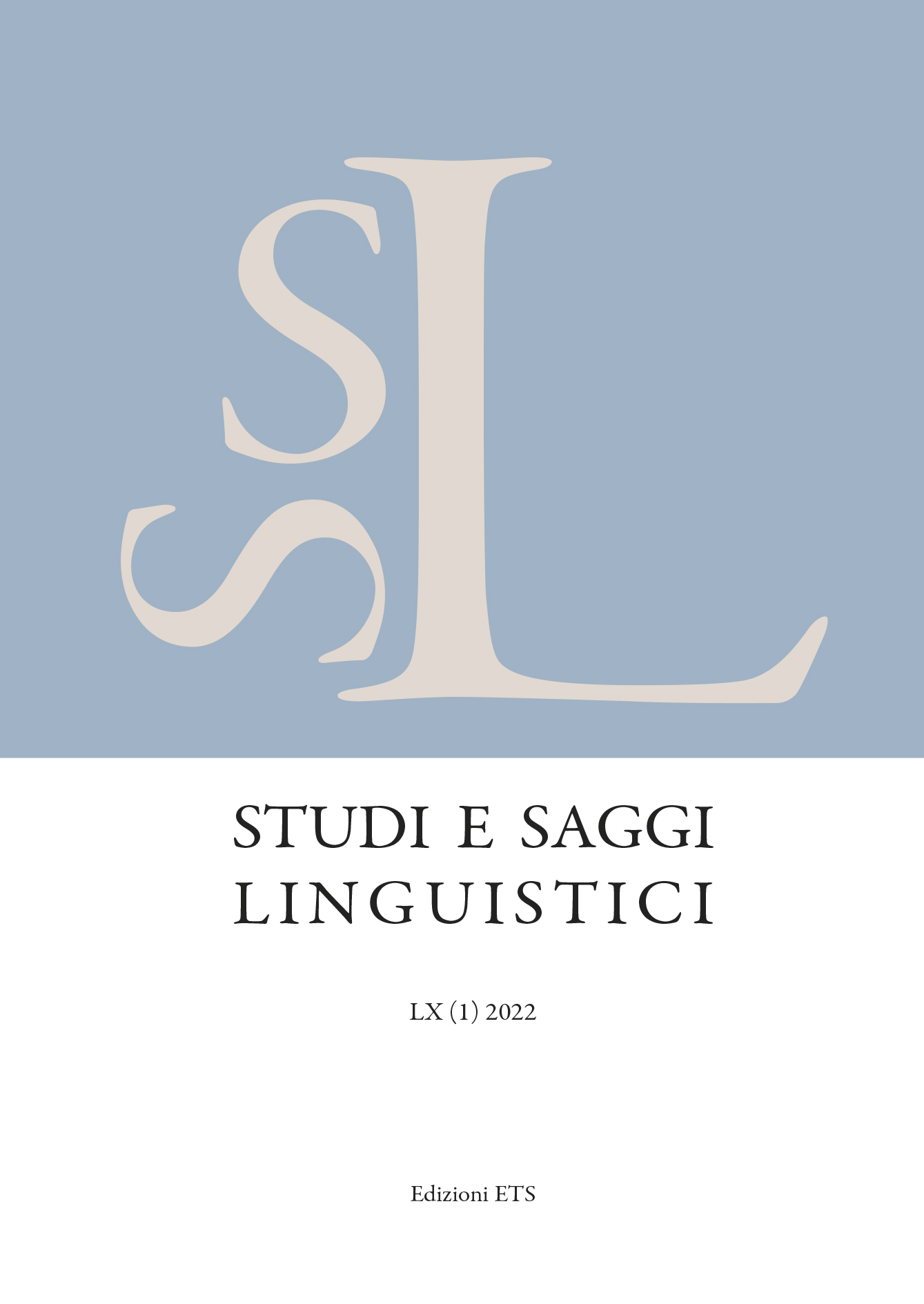Av. -ā̊ŋhō, YAv. -ā̊, OKhot. -e and the development of Old Iranian i- and u-stems in Khotanese
Publiée 2022-07-27
Mots-clés
- Khotanese,
- Avestan,
- Middle Iranian,
- inflectional morphology,
- nominal morphology
Résumé
The aim of this article is to trace the origin and the evolution of a group of Khotanese nouns whose historical analysis has always been a matter of debate. These nouns are well represented in Old Khotanese texts. They are masculine in gender and display an inflection partially merging with that of the masculine a-stems with the relevant exception of the nominative-accusative plural, which ends in -e. This ending is at odds with the regular nominative-accusative plural -a of the a-declension. Similarly, the secondary aa- and ua-declensions also have a few words showing the deviating ending -e in the nominative-accusative plural. Through a new collection of the members of these inflectional classes and an etymological recognition of the relevant endings and forms, it is argued that four Old Iranian stem-types merged their inflections in pre-Khotanese: (1) the Old Iranian thematic neuter (neuter a-stems), (2) a few Old Iranian thematic masculine nouns (masculine a-stems), (3) the Old Iranian masculine i-stems, and, possibly, (4) the Old Iranian masculine u-stems.
